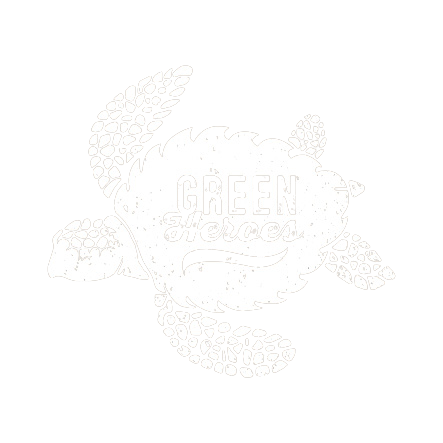Hollow by Nature is a collaborative sculpture project with artists Suzi Lucas and Steve Collom and filmmakers Matt Barwick & Craig Lucas. Our purpose is to raise awareness about the value of tree hollows and the importance of preserving them for our precious native wildlife. The work was exhibited at the 2021 SWELL Sculpture Festival.
“We cut down trees for our own financial gain, peace of mind or convenience. The need to stop and think about the reason for this action is more important and urgent than ever. Can we preserve or replace what we intend to cut down? Have we looked closer and discovered who inhabits the trees and hollows? Habitat loss comes at a huge cost to animals, ecosystems and environment. In this universe everything is connected.”
Tree hollows are cavities that form naturally in the trunk or branches of a living or dead tree. It takes at least 80-100 years for a small hollow to form in a tree and many hundreds more for large hollows.
Over 300 Australian native animals rely on tree hollows to rest, shelter and raise their young. This represents around 17% of all bird species, 42% of mammals and 28% of reptiles. These include possums, gliders, antechinus, microbats, frogs, snakes, skinks and numerous species of birds, including owls, parrots, lorikeets, ducks, and kingfishers. More animals depend on hollows in Australia than in any other country in the world.
Many native species rely on very specific types of hollow to breed and shelter from predators. Important factors include the size and shape of the entrance, the depth of the cavity and the degree of insulation.
Hollow by Nature features the Glossy Black Cockatoo , Powerful Owl , Rainbow Lorikeet , Greater Glider and Short-beaked Echidna . These species have all been impacted by the lack of suitable hollows caused by widespread clearing of old growth forests. Some are now listed as endangered.
The gateway timber has been locally sourced from a dead Blackbutt tree, which had to be reduced for safety. The Hollow by Nature short film documents how the limbs were rescued and made into a sculpture.








